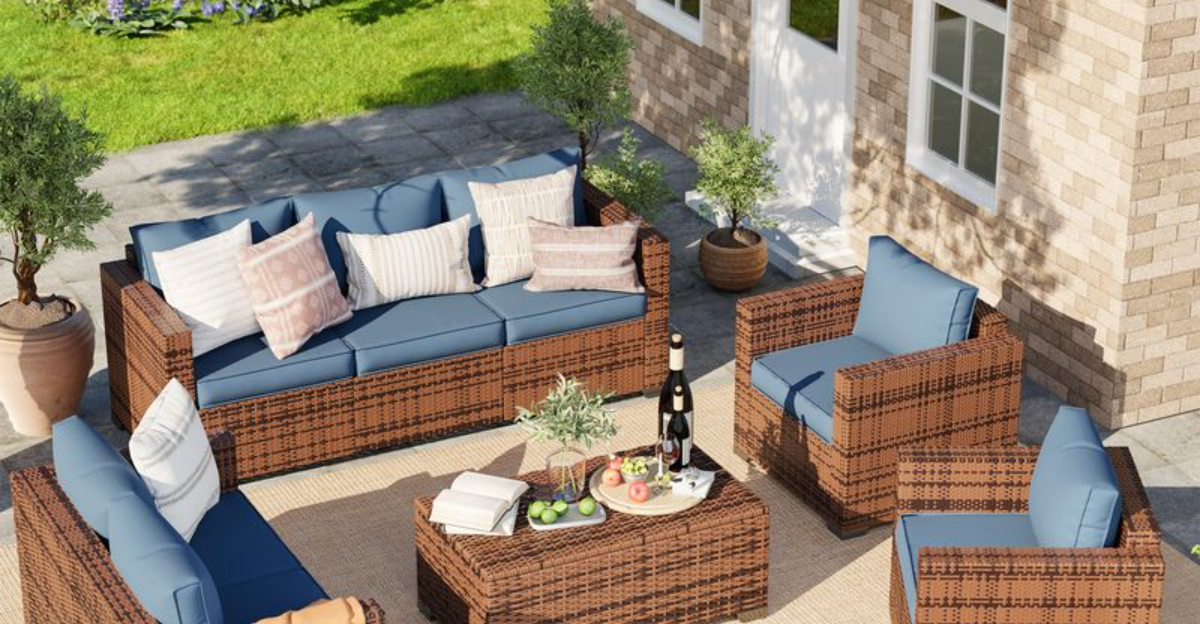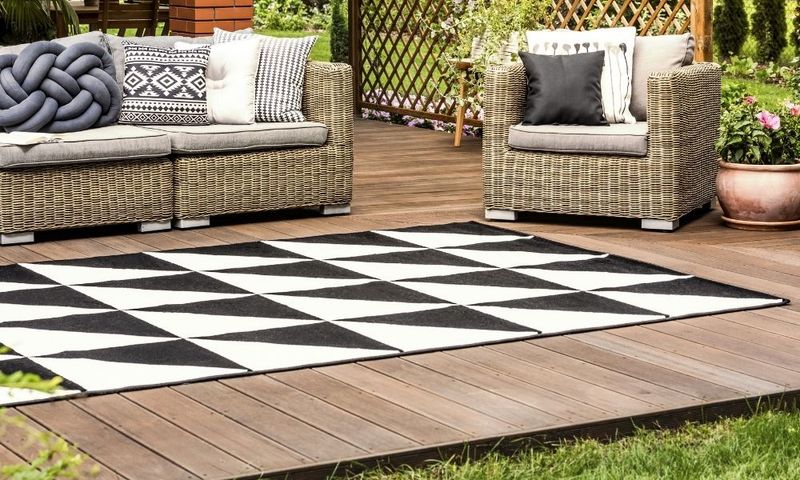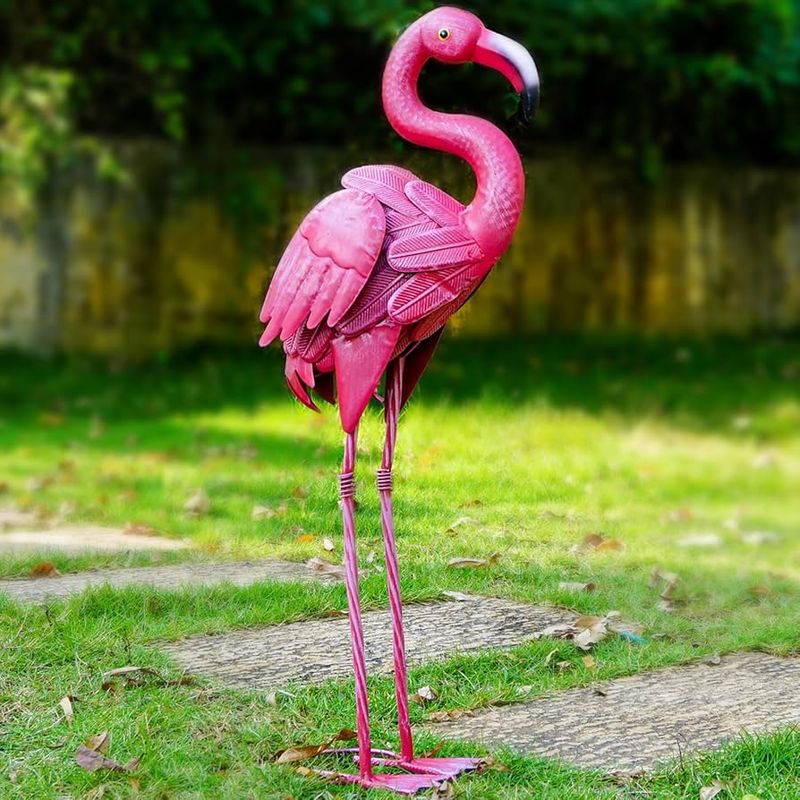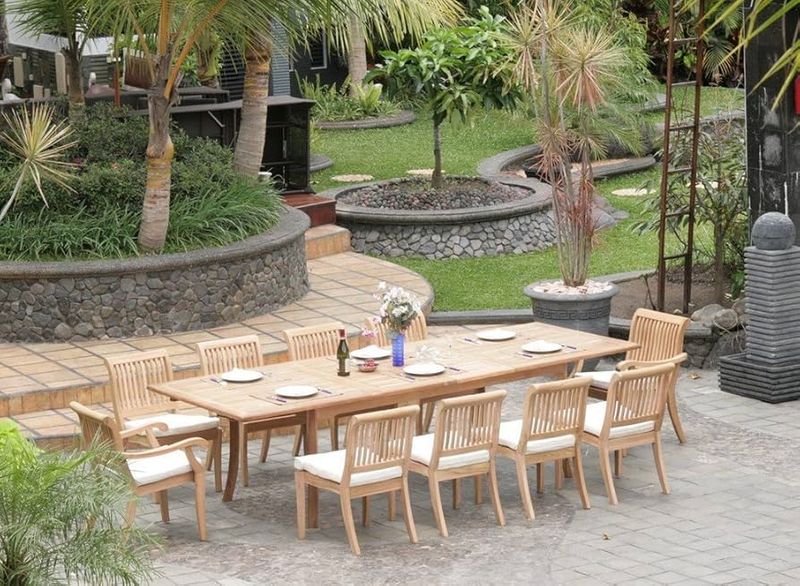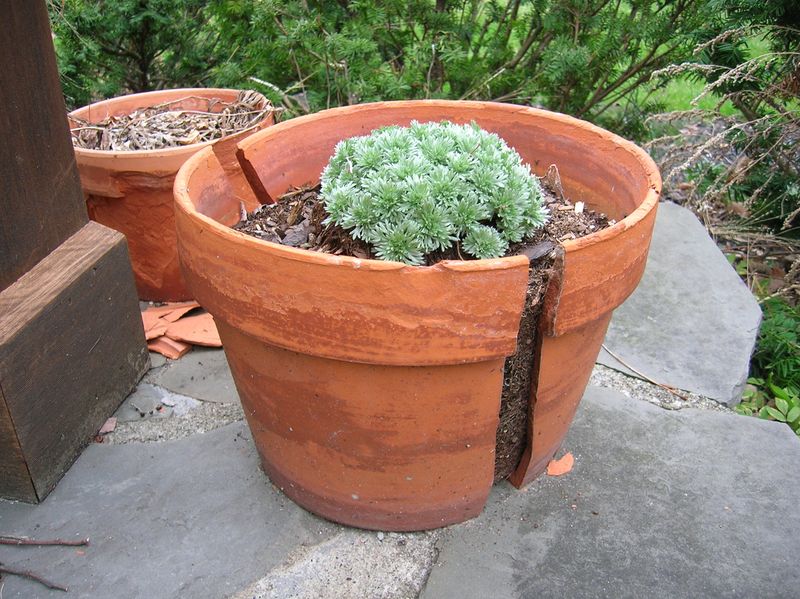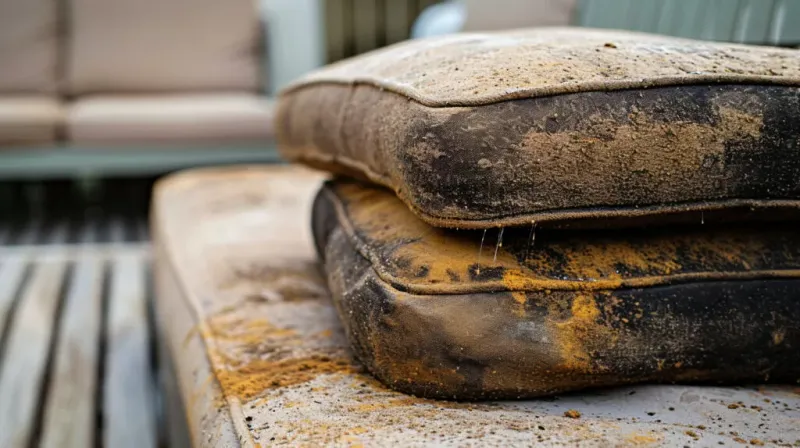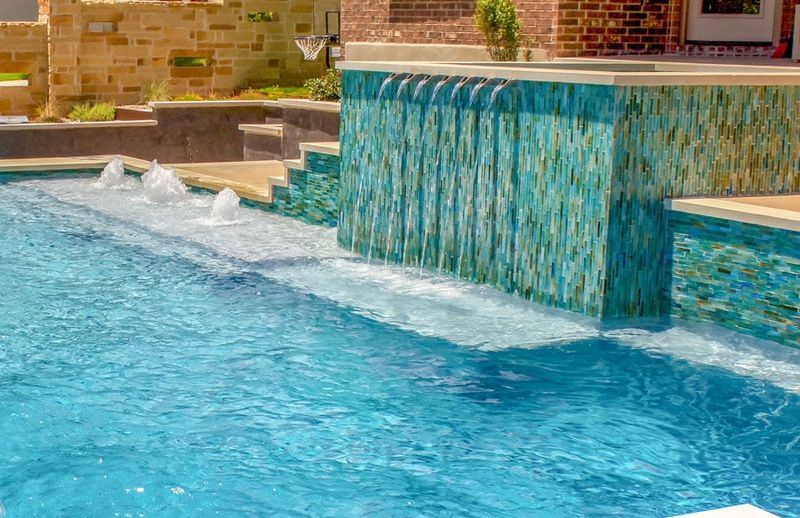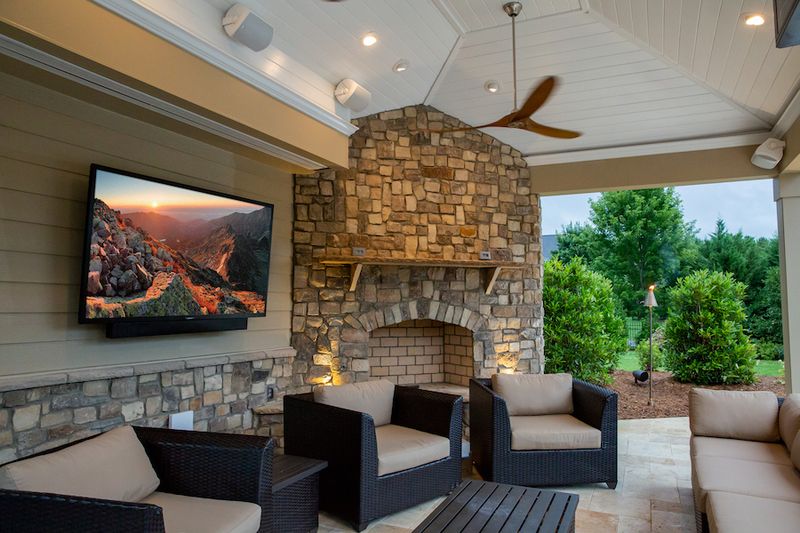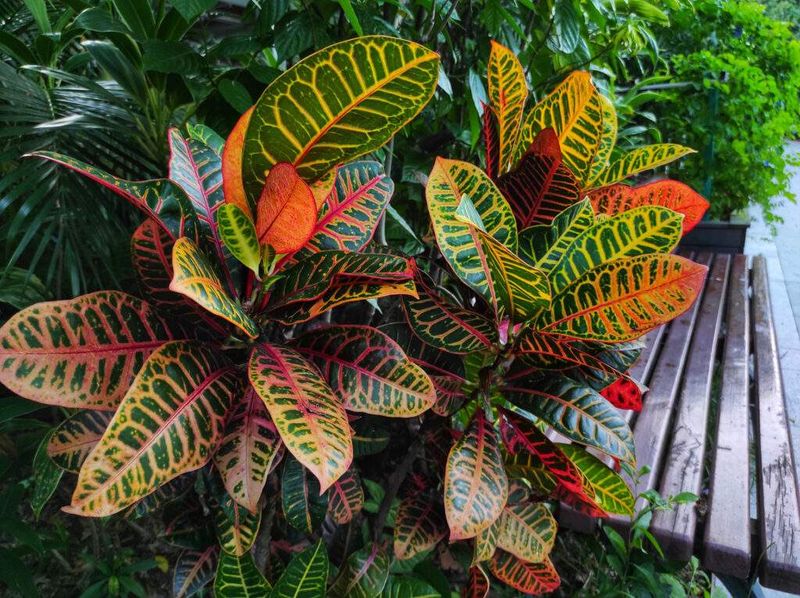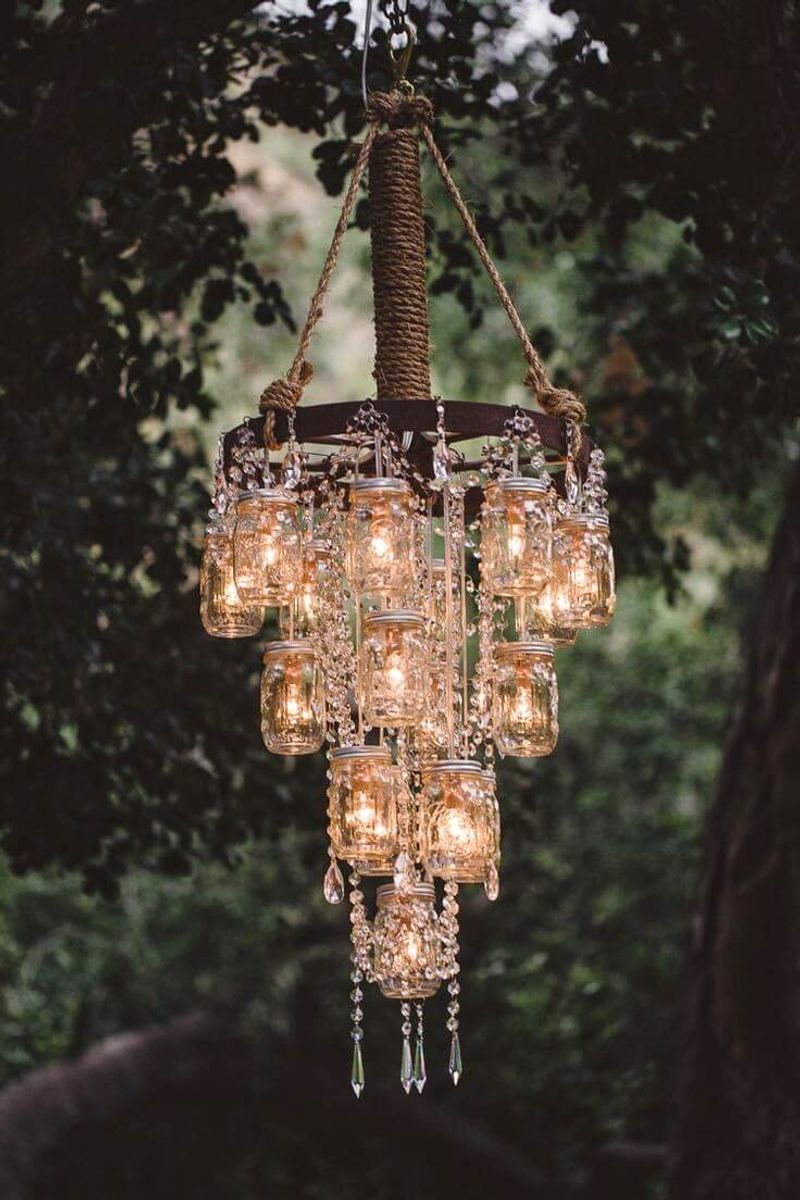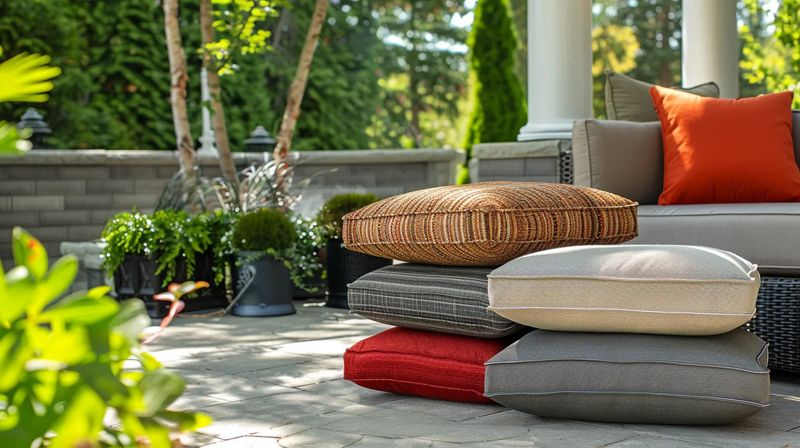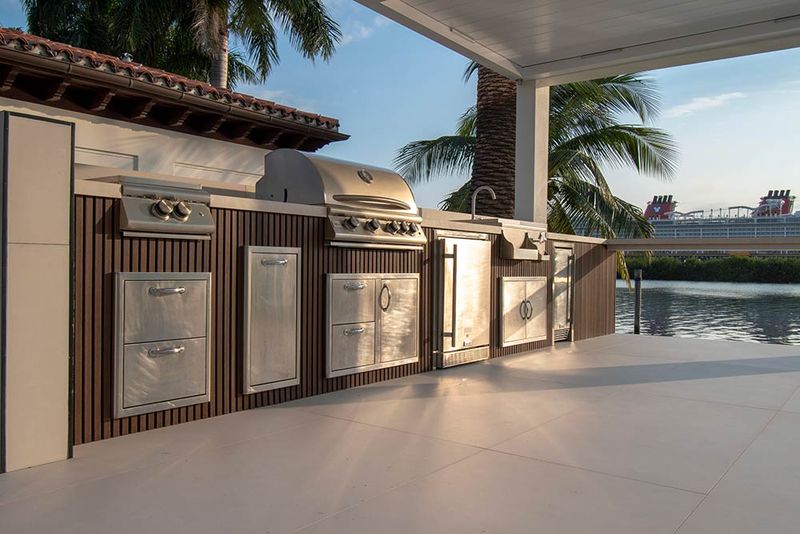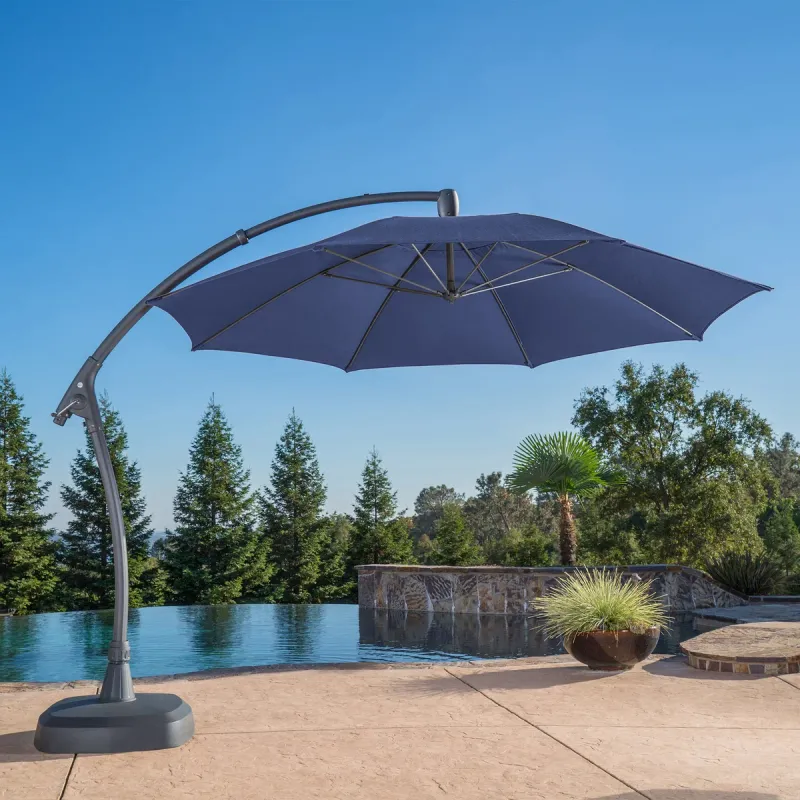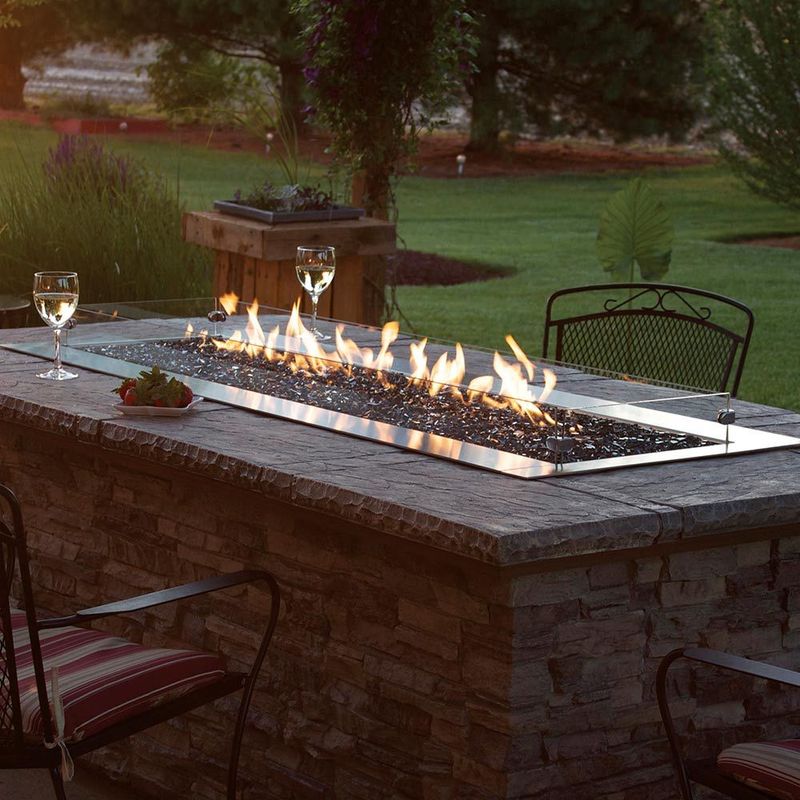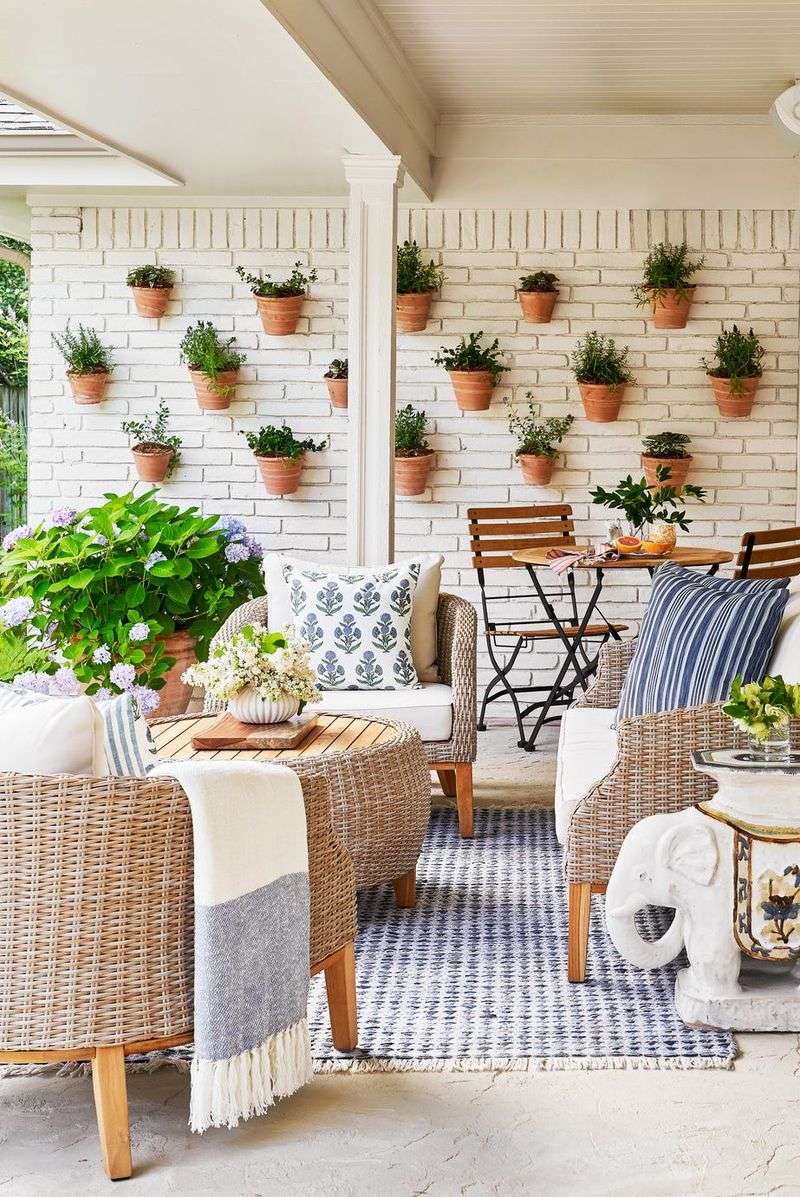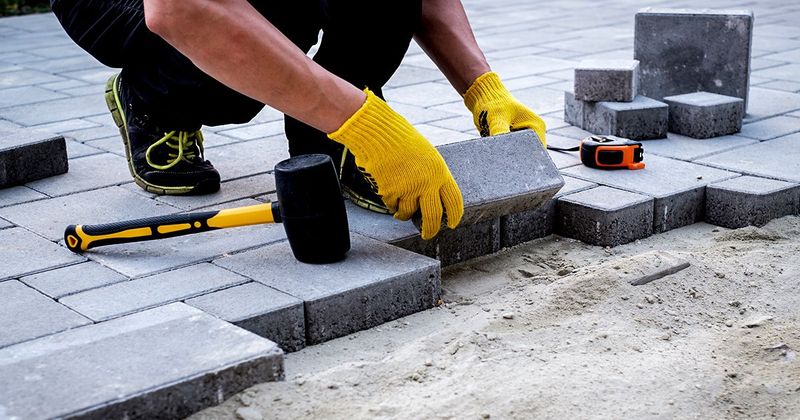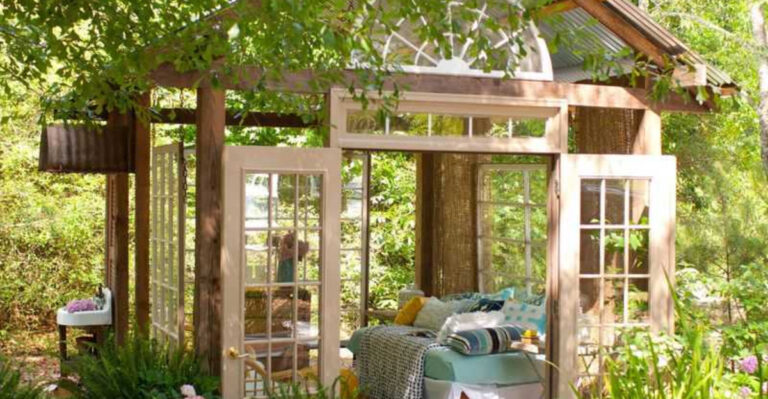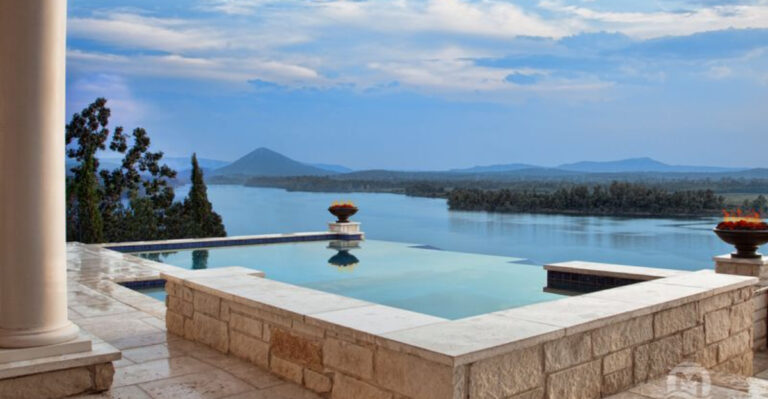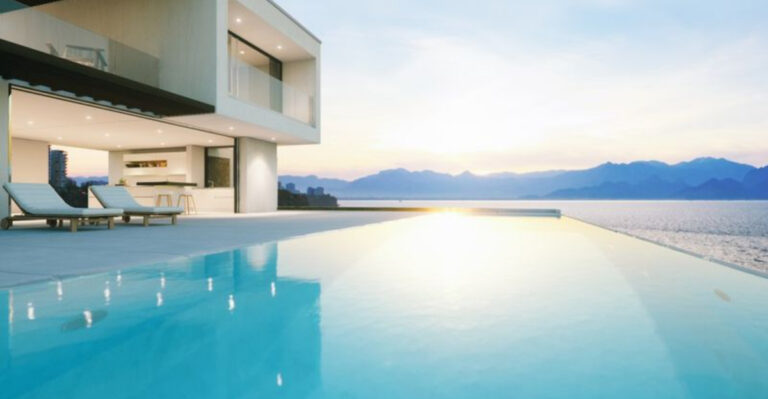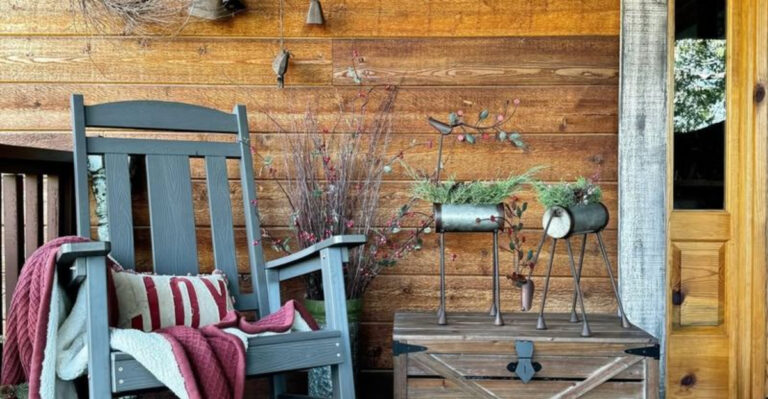18 Things You Should Not Waste Money On For An Outdoor Space, According To Interior Designers
Creating a beautiful outdoor space doesn’t have to break the bank.
Many of us get caught up in the excitement of outdoor decorating and end up spending money on things that aren’t necessary or don’t last.
Interior designers have shared their wisdom on what to skip when setting up your backyard, patio, or garden area.
1. Expensive Outdoor Rugs
Why drain your wallet on fancy outdoor rugs when Mother Nature will inevitably wreak havoc on them? Rain, sun, and foot traffic quickly transform even the priciest options into faded, moldy messes.
Most designers recommend inexpensive, replaceable options instead. You’ll feel much less heartbroken tossing a budget-friendly rug after a season or two of use.
2. Trendy Seasonal Decorations
Falling for those adorable flamingo statues or this season’s must-have lantern style might feel fun in the moment. However, trend-chasing leads to cluttered storage spaces and wasted cash when next year’s hot items arrive.
Smart designers recommend investing in timeless outdoor decor pieces that won’t look dated by next summer. Classic planters, simple lighting, and neutral accessories create lasting style without the perpetual spending cycle.
3. High-End Outdoor Dining Sets
Before dropping thousands on that gorgeous teak dining set, consider how quickly outdoor furniture ages. Even premium materials deteriorate when exposed to the elements year after year.
Professional designers often recommend mid-range options that balance quality and cost. The money saved can go toward proper covers or storage solutions that extend furniture life.
Remember that outdoor spaces evolve with your needs – flexibility often matters more than prestige.
4. Fragile Ceramic Planters
Those gorgeous hand-painted ceramic planters might look stunning in the store, but winter freezes and accidental bumps quickly turn them into expensive shards. One harsh frost can crack even high-quality ceramics.
Savvy designers suggest composite materials that mimic the look of ceramics or stone while withstanding temperature fluctuations. These alternatives provide the aesthetic appeal without the heartbreak of discovering broken pieces after a cold snap.
5. Delicate Outdoor Fabrics
Splurging on silk or non-weather-resistant fabrics for your outdoor cushions? That’s like throwing money directly into your garden soil! Despite your best intentions, these materials quickly succumb to moisture, sunlight, and mildew.
Experienced designers always opt for specially designed outdoor fabrics with UV protection and water resistance. Your wallet will thank you when these durable alternatives survive multiple seasons.
6. Oversized Water Features
Dreaming of a backyard waterfall that rivals Niagara? Your maintenance budget might soon resemble a waterfall too! Large water features require constant upkeep, expensive equipment, and significant electricity.
Design experts recommend smaller, scaled-down water elements that create the same peaceful ambiance without the maintenance headaches. Simple bubbling fountains or small reflection pools deliver tranquility without draining your resources.
7. Cheap Plastic Furniture
Bargain-bin plastic chairs might seem like a money-saving move initially. Fast forward one season, and you’ll find them faded, brittle, or broken – heading straight to the landfill.
Interior designers consistently warn against this false economy. Instead, they suggest investing in mid-range resin furniture that mimics more expensive materials while offering durability.
The environmental impact of constantly replacing broken pieces adds another hidden cost to consider.
8. Outdoor Televisions
Mounting a specialized outdoor TV might seem like the ultimate luxury for your patio. However, these weather-resistant screens come with eye-watering price tags – often 3-4 times more than standard models.
Professional designers question whether the investment aligns with actual usage patterns. Most families find they rarely use outdoor TVs enough to justify the expense.
Consider portable solutions or focusing on conversation-friendly spaces instead of technology-centered designs.
9. High-Maintenance Plants
Falling in love with exotic plants that demand constant attention? Your garden might become more work than relaxation! Those delicate specimens often require specialized care, extra watering, and winter protection.
Landscape designers advocate for native species adapted to your local climate. These resilient plants thrive with minimal intervention while still creating beautiful outdoor spaces.
The savings extend beyond purchase price to reduced water bills and fewer replacement costs.
10. Ornate Outdoor Lighting
Those intricately designed outdoor chandeliers and elaborate sconces might catch your eye in showrooms. Unfortunately, they also catch leaves, bugs, and weather damage – quickly losing their luster while demanding regular cleaning.
Design professionals prefer simple, durable lighting fixtures that withstand the elements. Clean lines and quality materials outlast decorative details that deteriorate outdoors.
Function should lead form when selecting outdoor illumination that enhances your space.
11. Artificial Grass Without Research
Jumping into artificial turf installation without homework could leave you with a melting, fading green disaster. Not all synthetic grass products are created equal – cheaper options often deteriorate quickly under intense sun exposure.
Designers who work with artificial grass stress the importance of investing in quality materials with proper drainage systems. The initial higher cost prevents premature replacement expenses.
Always request samples to test in your specific outdoor conditions before committing.
12. Cheap Outdoor Cushions
Bargain-basement cushions might seem like a smart way to save cash for your patio furniture. Within weeks, however, they often become waterlogged sponges, breeding grounds for mildew, or sun-bleached shadows of their former selves.
Interior designers consistently recommend investing in quality outdoor cushions with quick-dry foam cores and fade-resistant fabrics. The longevity difference justifies the higher initial investment.
13. Elaborate Outdoor Kitchens
Before installing that restaurant-grade outdoor kitchen with specialized appliances, honest designers ask clients: “How often will you actually use this?” Most homeowners dramatically overestimate their outdoor cooking frequency.
A simple, well-designed grill station often provides more value than elaborate setups with rarely-used features. The thousands saved can enhance other aspects of your outdoor living.
14. Flimsy Patio Umbrellas
Have you ever chased your patio umbrella down the street after a gust of wind? That’s the inevitable fate of lightweight, poorly constructed sun shades that seem appealingly affordable.
Designers recommend investing in umbrellas with substantial bases and quality mechanisms. Cantilever styles with proper counterweights provide reliable protection without the constant replacement cycle.
The safety risks of flying umbrellas add another reason to avoid cutting corners here.
15. Impractical Fire Features
Those stunning magazine-worthy fire bowls or tables might look spectacular, but how practical are they for your climate and lifestyle? Many homeowners discover their expensive fire features sit unused due to seasonal restrictions, maintenance issues, or fuel costs.
Design professionals suggest considering simpler options like well-designed fire pits that offer flexibility. The best fire feature is one you’ll actually use regularly enough to justify its footprint and expense.
16. Oversized Outdoor Furniture
Cramming massive sectional sofas into modest patios creates an awkward, crowded feeling rather than the luxurious vibe you’re seeking. Scale matters tremendously in outdoor spaces, where proportion affects both function and visual appeal.
Experienced designers recommend measuring carefully and selecting appropriately sized pieces for your specific area. The money saved by avoiding oversized furniture can go toward higher-quality materials or accessories that enhance the space.
17. Single-Season Decor
Purchasing decorative items that only work for one season creates a costly cycle of buying and storing unused pieces most of the year. Those adorable summer-themed accessories quickly become storage burdens come fall.
Clever designers recommend investing in versatile decor with neutral bases that can be subtly modified between seasons. Adding seasonal touches through inexpensive, easily changed elements like throw pillows or potted plants offers flexibility without waste.
18. Impermeable Patio Surfaces
Covering your entire outdoor space with concrete or solid stone might seem low-maintenance, but it creates serious drainage problems. When heavy rain has nowhere to go, water can damage your home’s foundation or create dangerous pooling.
Forward-thinking designers recommend permeable paving options that allow water to naturally filter through. These environmentally friendly alternatives prevent runoff issues while still providing durable, attractive surfaces for outdoor living.

